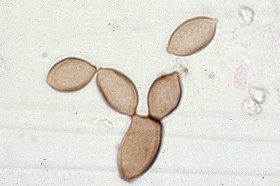 |
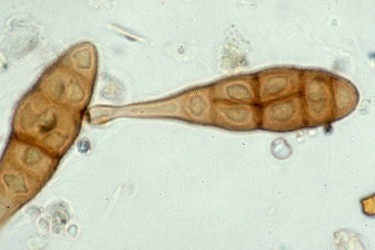 |
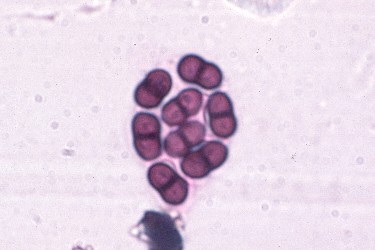 |
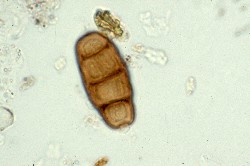 |
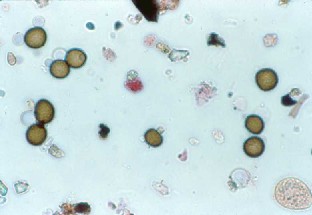 |
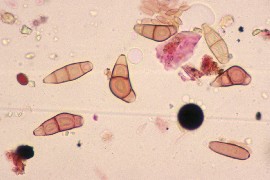 |
 |
 |
 |
 |
 |
 |
Air Spora
The atmosphere is filled with abundant airborne spores. These are produced by fungi in the natural environment. These may be fungi growing in the soil or on leaf surfaces. Although the majority of these fungi are saprobes, existing on dead or non-living organic material, other fungi may be plant or animal pathogens.
In many parts of the world spores occur in the atmosphere year-round. In most temperate climates spores will be present in the air unless the ground is covered with snow and ice. Highest spore levels typically occur in the summer and late fall on warm windy days. The image visible as background on the Spore Home Page is the typical appearance of the atmosphere in Tulsa during the fall. Most of the spores pictured here are members of the dry-air spora.
Although many spore types are washed from the atmosphere during rainfall, other spore types only occur in rainy weather. Ascospores are typical of the wet-weather air spora. Rain from late spring to fall will often stimulate the growth of mushrooms and other fleshy fungi in an area. Therefore, a few days after rainfall, there may be a peak in basidiospores that are produced by these fleshy fungi.
Follow the links in these pages to learn about the most common airborne fungi in the atmosphere.